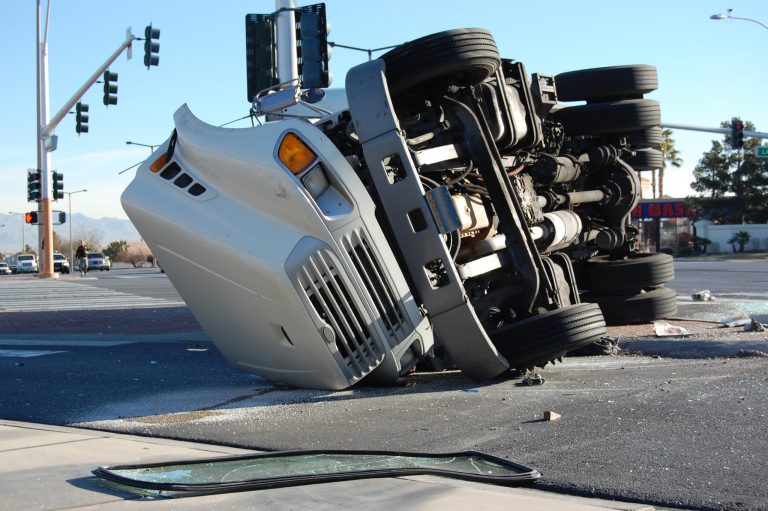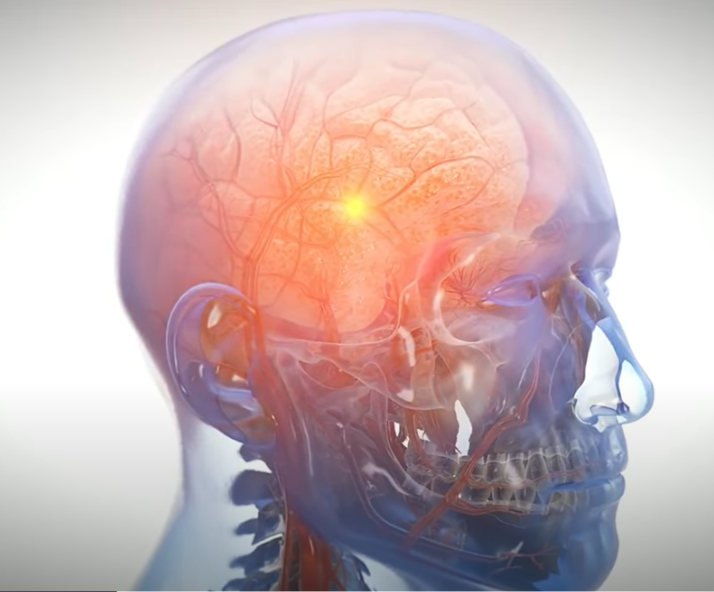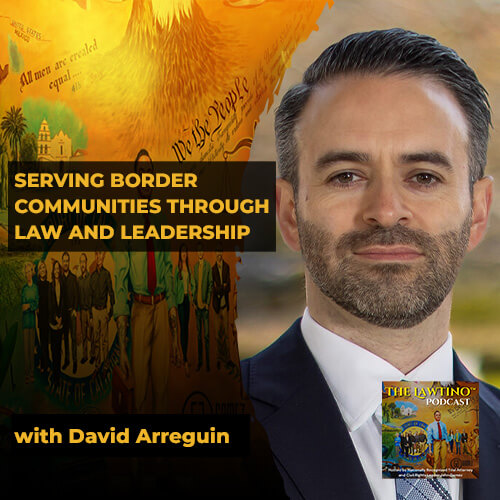
Southern California’s pleasant climate and picturesque landscapes make riding a motorcycle a popular pastime, and many choose to commute to and from work on a motorcycle too. If you have bought or are thinking about buying a motorcycle, you cannot legally jump on for a ride, even if you have a driver’s license. Your driver’s license will suffice if you want to ride a moped or motorized scooter in California, but if you want to cruise around on anything that goes faster than 30 miles per hour, you need a motorcycle license to be legal.
Motorcycle riders can obtain three types of licenses in California. Below we offer a broad overview of each type of license, requirements to obtain each license, steps to take to get a California motorcycle license, and California insurance requirements for those who own or ride a motorcycle.
Classes of California Motorcycle Licenses
California offers three different classes of motorcycle licenses. Technically, two classes are motorcycle licenses, and the third class refers to a standard California Class C driver’s license. The license you need depends on the exact type of motorcycle you intend to ride.
California M1 Motorcycle License
A California M1 motorcycle license is the standard motorcycle endorsement that most riders get.
Those who hold an M1 license can legally operate the following vehicles on California roads:
- Two-wheel and three-wheel motorcycles. The state defines any two- or three-wheel motor vehicle with more than a 150cc engine as a motorcycle.
- Motor-driven cycles. The difference between a motorized bicycle and a motorcycle is that motorized bicycles have engines smaller than 150cc.
- Mopeds/Motorized bicycles. Mopeds and motorized bicycles have two or three wheels and an electric motor. Their defining characteristic is that they must have an automatic transmission that produces under four gross brake horsepower. Brake horsepower reflects a type of measurement concerning the maximum energy or power an engine can produce.
- Motorized scooters. Riders stand on a floorboard and grip handlebars while riding these two-wheeled, motorized machines that are only legal on bike paths and trails.
California M2 Motorcycle License
The difference between a California M1 and M2 motorcycle license is that an M2 license only permits people to ride on less powerful motor vehicles. In fact, if you are wondering how to get a moped license, a California M2 license is the closest thing. M2 license holders can ride any bike with engines under 150cc, including mopeds, motorized bicycles, and motorized scooters.
California Class C Driver’s License
If you already have a basic California Class C driver’s license, you do not need an additional license to ride a motorcycle with an attached sidecar, a three-wheel motorcycle, or a motorized scooter. You must meet the standard requirements for a driver’s license, including driver’s training, a skills test, and a road test in your vehicle. Motorcycles with three wheels or a sidecar are far more stable than their two-wheeled counterparts, so California, like many other states, does not require additional training.
Requirements for M1 and M2 Licenses in California
You must meet several requirements to obtain your motorcycle license in California. The exact requirements vary based on the type of license you want and your age. The law has different rules for minors age 15 1/2 to 17, adults age 18 to 20, and adults who are 21 and over.
Common requirements for all age groups who apply for an M1 or M2 license include:
- Filling out a driver’s license application form at the Department of Motor Vehicles (DMV)
- Providing your signature, including parental signatures for minors
- Vision exam
- Thumbprint
- Fees for processing
- Getting your photo taken at the DMV
- Pass the applicable knowledge and skills test
Regardless of your age, you cannot show up at the DMV and do all these things at once. The first step to getting your motorcycle license is to get your permit if you are under 21. Those under age 21 must have a motorcycle learner’s permit for six months before they can apply and receive an M1 or M2 motorcycle license. Adults over 21 do not need to apply for a permit to get a motorcycle license; however, they must pass the written test and take a driving test if they choose not to enroll in a California Motorcyclist Safety Program (CMSP) training course.
Obtaining Your Motorcycle Driving Permit
You need to contact your local California DMV office to make an appointment to get your permit. Bring your signed application (Form DL44) and your proof of identity to your appointment, and make sure to arrive on time. During your visit, you will have to pay a $35 permit fee, pass your vision exam, and provide a thumbprint. You should be prepared to take the written skills and motorcycle laws test. If you are under 21, you must also provide proof that you completed a California Motorcyclist Safety Program (CMSP) training course.
Required Training Course for Riders Under 21
Riders under age 20 must take the Motorcyclist Training Course (MTC) as part of the California Motorcyclist Safety Program. The state strongly encourages those over age 21 to take the course, but it is not required. The MTC course includes five hours of learning in the classroom and 10 hours of riding. Those who want a little extra training can enroll in the Premier Program, which includes seven and a half hours of classroom instruction and 13.5 hours of hands-on instruction.
Whether you have to take the MTC class or choose to take the class, you reap benefits from your effort. Once you complete the course, you receive a skills waiver, so you do not need to take the riding skills test at your local California DMV office. Additionally, insurance companies like it when their policyholders take a motorcycle safety course, so many provide discounts on premiums.
Motorcycle Skills Test
The MTC course through CMSP prepares new motorcyclists for the road by teaching them various maneuvers and road skills they need to stay safe while driving. However, if you are over 21 and choose not to take the course, you must pass the motorcycle skills test and demonstrate that you can handle your motorcycle.
The pass/fail motorcycle skills test includes a pre-trip inspection of your motorcycle. You must accurately identify the major parts of your bike, including the starter, kill switch, throttle, brakes, signals, horn, gear selector, and clutch if your bike has one.
After the inspection, you will need to demonstrate these skills to the person overseeing your test:
- Serpentine Ride. You must weave through five traffic cones set up in a row, making a series of curves as you proceed through the cones.
- Circle Ride. You must travel clockwise around the circle designated on the course while keeping your front wheel within the track and weave back through the five cones to return to the start of the course.
- Slow Ride. You must ride your motorcycle slowly while you remain within the path of parallel lines, followed by a counterclockwise circle ride.
- Gear Shift Ride. If your motorcycle is equipped with a clutch and gears, you must demonstrate that you can successfully shift your bike. You must ride your bike in a straight line, shifting your gears up and down, and do a U-turn to return to your starting position while shifting gears up and down. You must also perform a smooth stop at the beginning of the course.
Applying for a California Motorcycle License
Once you complete all the requirements for an M1 or M2 license, you can go to your local DMV to apply for your license. If you are under age 21, you must show your permit, a valid Class C driver’s license or evidence of driver training, and a Certificate of Completion of Motorcycle Training. You will receive a temporary motorcycle valid for 60 days until your permanent license arrives in the mail.
If you are over 21 and choose not to take the MTC class, you must meet all the other requirements for an M1 or M2 license endorsement (application, vision test, thumbprint, etc.). You must pass the written test. You have three attempts to take the test. If you fail, you must reapply for your motorcycle license. Finally, you need to make an appointment for your motorcycle driving test. You also have three attempts to pass the driving test before you must reapply.
California Insurance Requirements for Motorcycles
You must provide proof of financial responsibility that meets California’s insurance requirements before the DMV will issue you a motorcycle license. You need to show your proof of insurance before taking an MTC class or before taking your motorcycle skills test.
Under California law, motorcycle riders must meet the same insurance requirements as those who drive cars. Insurance protects you if you cause an accident that leads to property damage or bodily harm. If an investigation shows you are at fault for the accident, your motorcycle insurance provider will pay any claim against you up to the coverage limits of your policy. The same is true if someone else causes an accident, and you suffer injuries and property damage. The other person’s insurance carrier—motorcycle or auto insurance—will pay a claim if the other driver is found to be at fault.
Minimum Coverage for California Motorcycle Insurance
If you own or ride a motorcycle in California, you must carry the following minimum coverage in motorcycle liability insurance:
- $15,000 coverage for bodily injury or death for one person
- $30,000 coverage for bodily injury or death of two or more people
- $5,000 coverage for property damage
Coverage amounts are the maximum amount of benefits an insurance provider will pay towards a claim filed against you. Depending on the situation, you might be liable for damages that exceed the coverage limits. Many bikers choose to purchase coverage that exceeds state minimums to ensure they are protected if something happens.
The following types of motorcycle insurance are not mandatory in California, but they offer you further protection if an accident occurs.
Uninsured/Underinsured Motorist Coverage
This insurance coverage protects you when another motorist hits you and causes damages, but they do not have insurance or have a policy limit that is lower than the cost of your injuries and property damage to your motorcycle.
Collision Coverage
Motorcycle accidents typically result in major damage to a bike. Regardless of who caused the accident, collision coverage pays benefits to policyholders so that they can repair or replace their motorcycles.
Comprehensive Coverage
Sometimes damage to your motorcycle occurs from things that you or other drivers have no control over. For example, a hailstorm can damage your motorcycle, or high winds could blow a tree into your bike. Comprehensive insurance coverage pays for damage to your bike that does not occur from a traffic accident. Comprehensive coverage also pays for damage or replacement from vandalism or theft.
Motorcyclists Without Mandatory Insurance Coverage Face Penalties
Bikers must show proof of insurance to law enforcement if asked.
Operating a motorcycle without insurance is a non-moving traffic violation in California and subjects offenders to:
- First offenders face a fine ranging from $100 to $200.
- Subsequent offenses within the previous three years carry a fine ranging from $200 to $500.
- A judge can impound a motorcycle and hold it until the owner proves they have coverage and pays any towing and storage fees.
California also imposes penalty assessments on those who do not comply with motorcycle insurance requirements. An assessment is an additional amount of money for each $10 in fines ordered by a judge. The penalty assessment amount varies between counties but typically falls somewhere between $26 and $30. For example, if a biker received a $100 fine for not having insurance and the penalty assessment for the county is $27, the biker would owe $100 plus $270 in assessments.
With subsequent offenses, assessment amounts increase, making it more costly not to carry motorcycle insurance than to purchase it.







